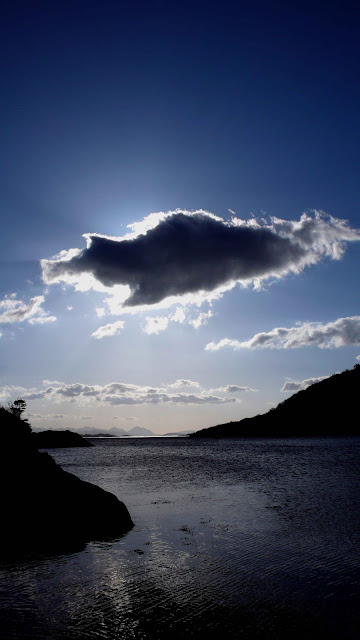Winter Reflections - Global Warming
All images COPYRIGHT asserted - David Geddes at The Open Sky
With the exception of the last 4 images in the sequence which were taken a long time ago in Norway on Sakurachrome film (a contrasty Ektachrome copy which was processed in the standard Kodak E6 soup), the rest are all from February 2011 in Wester Ross on an unseasonably warm and pleasant day.
Here in Wester Ross at 53.5 degrees North, the spring bulbs are pushing through the lawn in December, honeysuckle and cowslips have flowered twice this year, and there are many blossoms still flowering in December.
It is predicted that Pacific dolphins and whales are following the pelagic food resources north and will be seen off the Scottish Islands soon. Arctic seals are already being seen on the colder Scottish east coast.
Migratory birds are forgetting to go south for winter, while Arctic bird species expected to winter a long way south of here are hanging about. The fishermen say the coastal species are giving way to deep water species that prefer cold deep water.
It is suspected the melting Arctic ice cap is pushing the Gulf Stream further south. This perhaps explains the much fiercer short storms that seem repeated all too often, as warmer moist and saturated air from the Carribean collides with colder water draining from either side of Greenland, this being much less saline than it used to be, which affects the currents at the oceanic surface. Unpredictable changes. Where will we be in 50 years? A tipping point may have been reached.
However a break in the winter is very welcome. We have had in recent years sustained spells of -20 C with superb ice climbing being indulged a few hundred feet up in the mountains where the corries face north.





























































